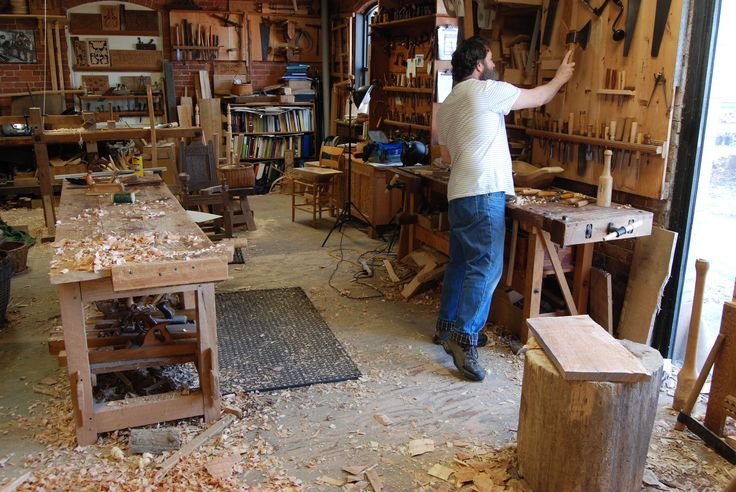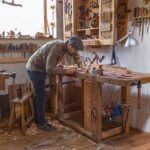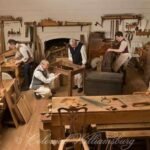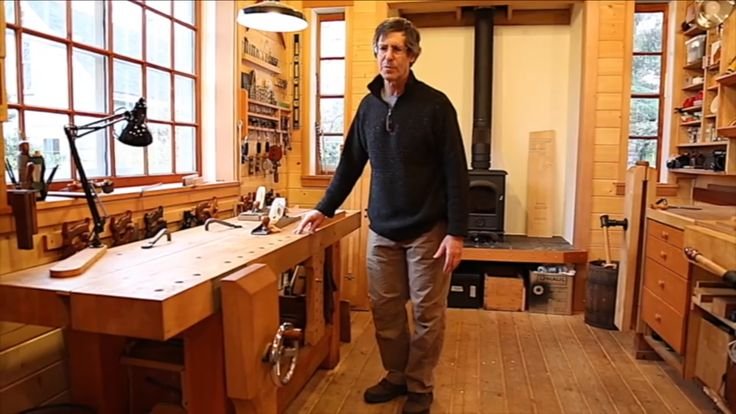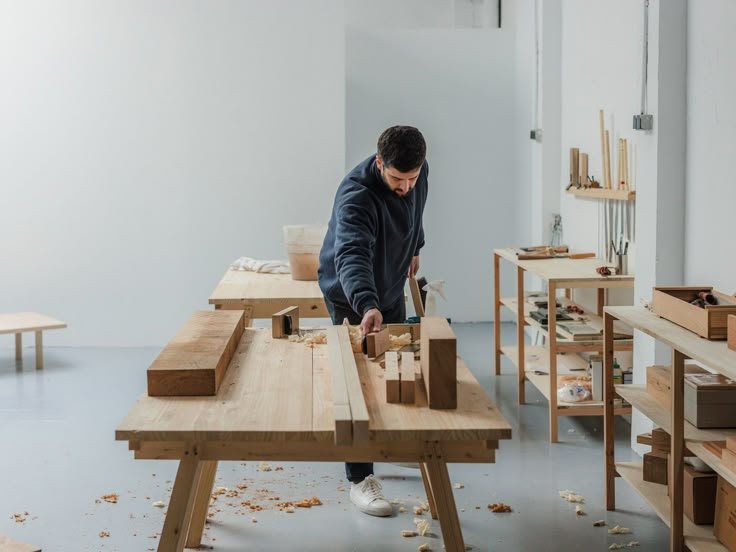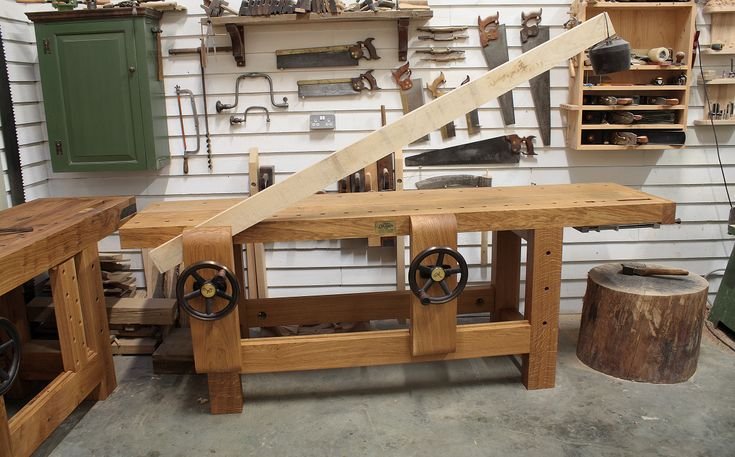Unplugged and Unrefined: My Journey with Unique Woodworking Hand Tools
You know, there’s something about the way the smell of fresh-cut wood fills the air that just gets to me. It’s like nature’s own little hug. I was sitting in my garage one rainy Saturday afternoon, sipping on some lukewarm coffee, staring at a pile of oak boards I’d been meaning to work on. It was during one of those moments when I found myself reflecting on the wild ride I’ve had with woodworking hand tools over the years.
I suppose it all started when I got my first old-school hand plane. You know the kind—a vintage Stanley No. 4, with its worn wooden handle and a blade that’s been sharpened more times than I can remember? I picked it up for a song at a yard sale, figuring it was just a rusty relic. Little did I know, this thing would become my go-to tool for smoothing out those rough edges—literally and figuratively.
I remember the thrill when I finally figured out how to adjust that blade just right. You know how it goes—you get all geared up, you grab a scrap piece of wood, and then poof! You feel like a wizard when those shavings curl off in long, smooth ribbons. Ah, the sweet sound of a plane gliding across grain! It’s almost like music, a melody that plays in the background as you work.
Setting the Stage for Trouble
Now, don’t get me wrong; it wasn’t all sunshine and rainbows. There was a moment when I almost tossed that hand plane into the deepest corner of the garage. I had this grand idea of building a dining table for my family—a nice, rustic oak beauty. I envisioned countless Sunday dinners, laughter and stories spilling over the table. But, as you might’ve guessed, things took a turn.
I had all my measurements down, everything was cut to size, and I was ready to start planing. But, alas, I had neglected one crucial detail—understanding the difference between quartersawn and flat-sawn oak. What a nightmare! I started planing away, and all I seemed to get was the rough side, grain tearing up worse than a bad haircut on a Saturday afternoon.
It was a frustrating moment; I almost gave up and considered ordering a pre-made table online. I mean, who needs to spend hours wrestling with wood when buying it is just a click away? But something in me held on, maybe the ghost of my grandfather who always believed that doing it yourself was the only way to go.
Light at the End of the Tunnel
That’s when I found a video—believe it or not, it was an old-timer showing how to properly use those quirky woodworking hand tools. He had this grizzled beard and a voice that could calm the worst of storms. “Take your time,” he said, “and always follow the grain.” Right then, a light bulb went off.
So, I went back to that oak, took a deep breath, and started again. This time, I paid extra close attention to the grain and, would you believe it, everything just clicked into place. Those shavings started falling effortlessly, spiraling like autumn leaves. I found myself laughing out loud, feeling light as a feather, as the table started taking shape.
It might sound a bit cliché, but the journey of that table taught me more about patience than any self-help book ever could. There’s a beauty in the process, you know? The swirls in the wood seem to tell a story, and each tool—be it my trusty hand plane or my well-worn chisel—became a participant in that story.
The Charm of Unique Hand Tools
As I continued my woodworking adventure, I stumbled upon some other unique hand tools that sparked my interest. Like this little spokeshave I found tucked away in some corner of a flea market. It looked like it had seen better days, but boy, when I figured out how to use it, I was in love! Carving curves was like dancing, the wood just sang under the blade.
And I gotta mention this wooden mallet I made from a block of cherry. The sound it made every time I struck my chisels was music to my ears. I’d tap away, and you could actually feel the vibration resonating in your bones. There’s something magical about hitting wood with wood rather than plastic or metal; it feels more… authentic, you know?
Lessons Learned in the Woodshop
Sure, I’ve had my share of missteps—splintered fingers, crooked cuts, and times when my patience wore thin. But through it all, one thing remained constant: each mistake taught me a valuable lesson.
I’ve learned that every dent in a piece of wood, every imperfection, adds character. Just like life, right? Not everything is going to come out polished and shiny. And honestly, those “flaws” often turn out to be my favorite parts. They mark the journey, the trials, and the tiny victories.
Final Thoughts
So here I am, cafe in hand, surrounded by my tools and a half-finished table, reflecting on this messy, beautiful world of woodworking. If you’re standing on the fence about picking up a tool, whether it’s a hand plane or a little spokeshave, just dive in.
Life’s messy, and sometimes you’ll find yourself in over your head—but oh, the joy that lies in the journey is more than worth it. I wish someone had told me to embrace the chaos a long time ago! So go ahead, get those hands dirty, smell the wood shavings, and see where the journey takes you. You just might end up crafting something beautiful.

